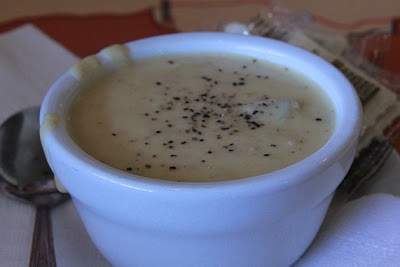Due to the thermostat malfunction, we needed to cram two days of Death Valley activity into one. The morning was devoted to Zabriskie Point, the Devils Cornfield, and Mesquite Flat Sand Dunes with two more stops scheduled for the afternoon (see previous days’ entries). But time for a lunch break.
Dining options are limited in the park. We eliminated Stovepipe Wells Village—too far from our afternoon destinations. We eliminated the Inn at Furnace Creek—too upscale. That left only one other choice—Furnace Creek Ranch.
“…This complex was originally built as a closer-to-nature, family-friendly contrast to the upscale Inn. It is today comprised of 224 guest rooms, two restaurants, a saloon, general store, golf course and museum dedicated to showcasing borax, the mineral that put the region on the map. Originally called the Greenland Ranch, the name was changed in 1933.
“In 1956, the Fred Harvey Company, which pioneered hospitality on the railroads carrying Americans to the West, took over the management of the Furnace Creek Resort. Xanterra Parks & Resorts—then called Amfac Parks & Resorts—purchased the Fred Harvey Company from the family in 1968, including the Inn and the Ranch” (furnacecreekresort.com).
Furnace Creek is famous for having the world’s hottest recorded temperature. “For exactly 90 years, it was thought El Azizia, Libya had recorded the world’s hottest temperature, a blistering 136 degrees on September 13, 1922. Not so. A team of atmospheric scientists has concluded the reading is bogus after a comprehensive review.
“This means Death Valley (Greenland Ranch, California), which saw the mercury soar to a scorching 134 degrees on July 10, 1913 now holds the distinction of having achieved the Earth’s hottest temperature” (washingtonpost.
com). During the summer when
“temperatures can surpass 125 °F (52 °C)…the golf course remains open; the resort went so far as to establish a summer tournament in 2011 called the Heatstroke Open, which drew a field of 48” (wikipedia.org).
Furnace Creek Ranch offers two dining venues, the Wrangler Buffet and the 49er Café which adjoins the Corkscrew Saloon. Since I had read a review that warned against the lunch buffet at the Wrangler, the café it would be.
Décor at the café is not much to write about. The light tan wood paneled walls are sparsely hung with black and white photos of early Death Valley days. The chair backs are decorated with picks and shovels.
And each table top contains a large map of the park. That’s about it, folks.
Both of us started lunch with a cup of soup. Chuck chose the gazpacho that was quite good despite having more of a cucumber presence that I think he would have liked. The tomato base was thicker—almost a tomato puree—than most, but the bowl was full of chopped onion, tomato, and cucumber and was flavored with a hefty amount of cilantro (also not Chuck’s favorite). The soup was garnished with pico de gallo and a dollap of sour cream.
My choice was the Smoked Chicken Chowder which contained a substantial amount of smoky chicken along with cubes of potatoes. This was also quite good despite being thicker than I would have liked. Not so thick that a spoon will stand upright. But I would have liked it just a bit thinner.
Chuck’s entrée choice was the fish and chips platter with cole slaw. Fish in the desert? Haven’t we learned anything? Yes, I am sure that the fish came into Death Valley in a frozen state, but other than a slight texture difference, you really wouldn’t know it. His plate contained three good sized pieces of beautifully battered Alaskan cod that was sweet and flakey.
The battered fries were…well, they were battered fries. And the coarse chopped slaw was accented with a bit of shredded carrot in a creamy dressing that contained just a bit of vinegar.
I chose an appetizer for my meal—the Grilled Portobello Mushroom. This was as delicious as it was beautifully presented. The large mushroom cap was buried under a veil of slightly sautéed spinach and topped with roasted tomatoes.
The texture and taste of the tomatoes was as if someone had sundried them, but stopped half way through the process. They were slightly leathery—in a good way—and the tomato flavors had intensified. And all of this was sitting in a pool of tomato and vodka cream sauce that contained just a hint of cayenne.
It is no secret that I am no fan of “corporate” food—especially when served at major tourist attractions. But I have to admit that this was a very good lunch. And we are in the middle of the desert miles from anything. This was so good that the lunch earns a 4.0 Addie rating.
As we were leaving the Ranch, we noticed wagons that looked like those pulled by the 20 Mule Teams.
Closer inspection confirmed our guess.
I wondered why it took twenty mules to pull two wagons, and reading the adjacent plaque provided the answer:
the Borax carried in the two wagons alone weighed a total of twenty-four tons!
Sunday, November 18, 2012
Subscribe to:
Post Comments (Atom)














No comments:
Post a Comment